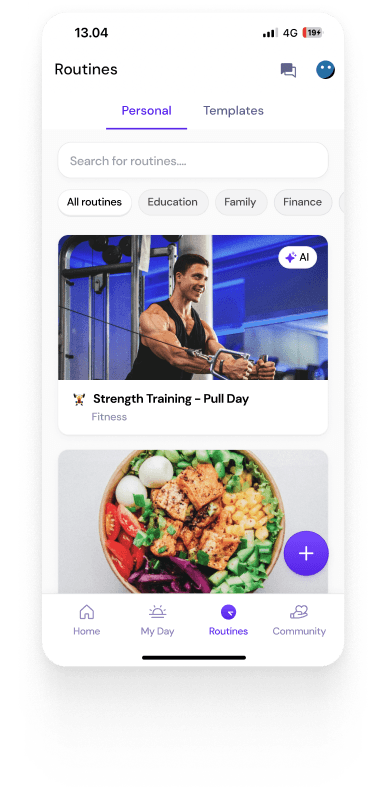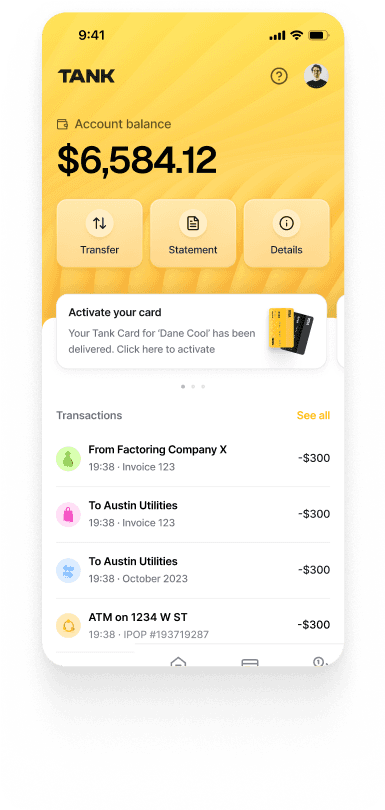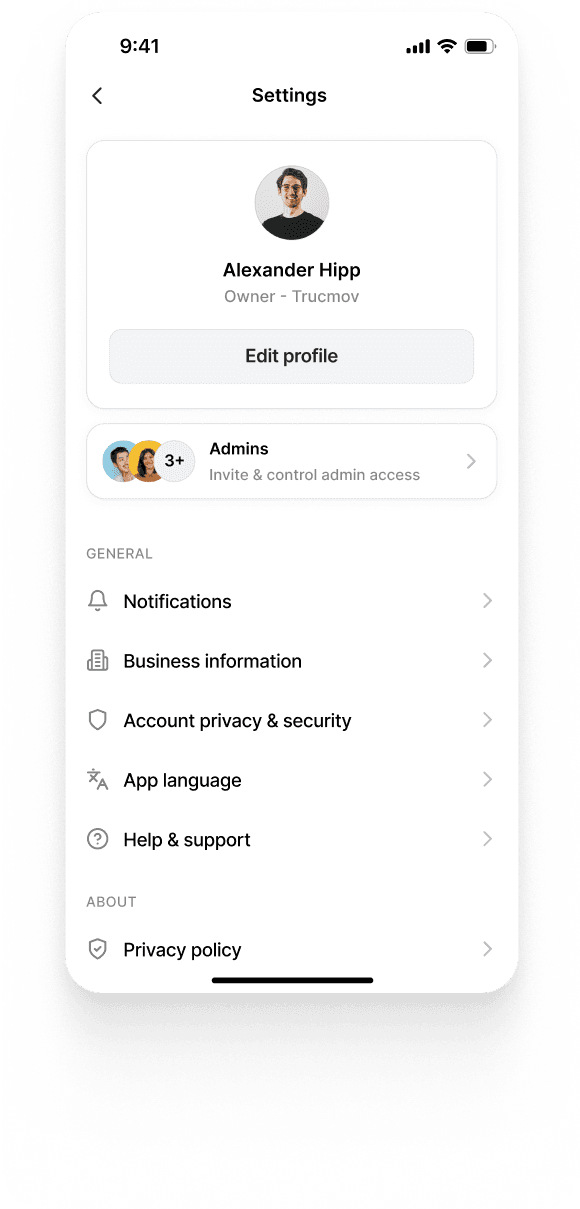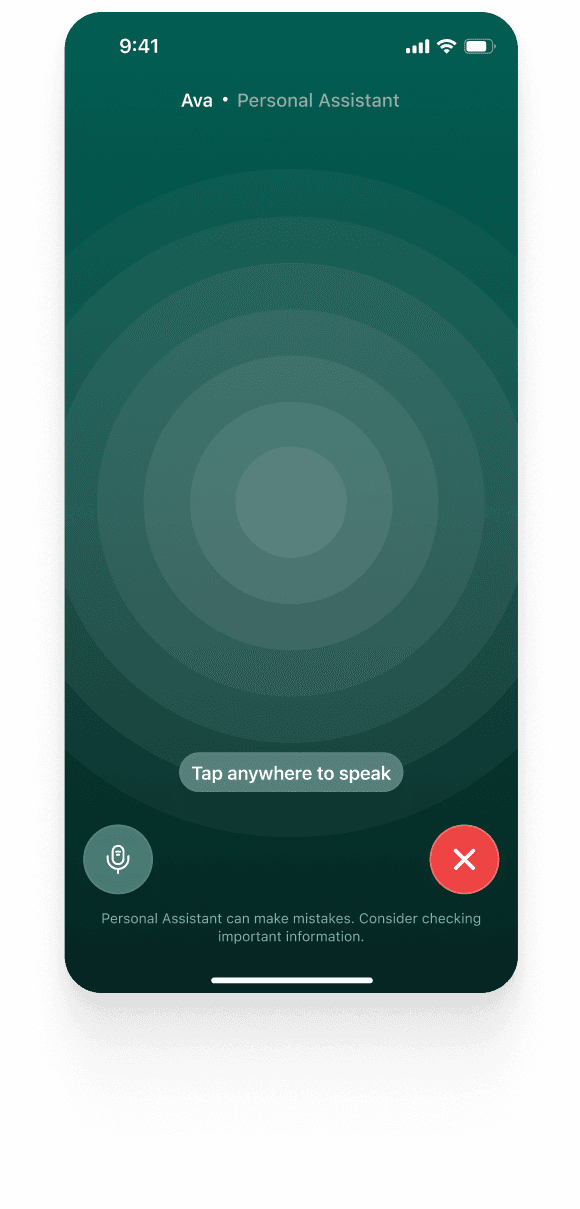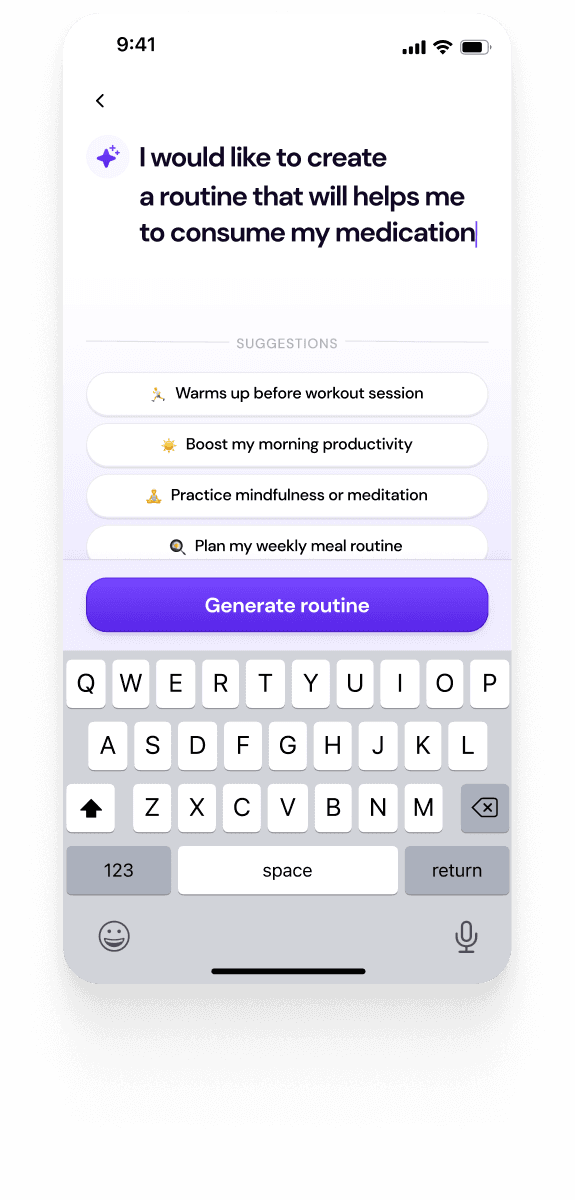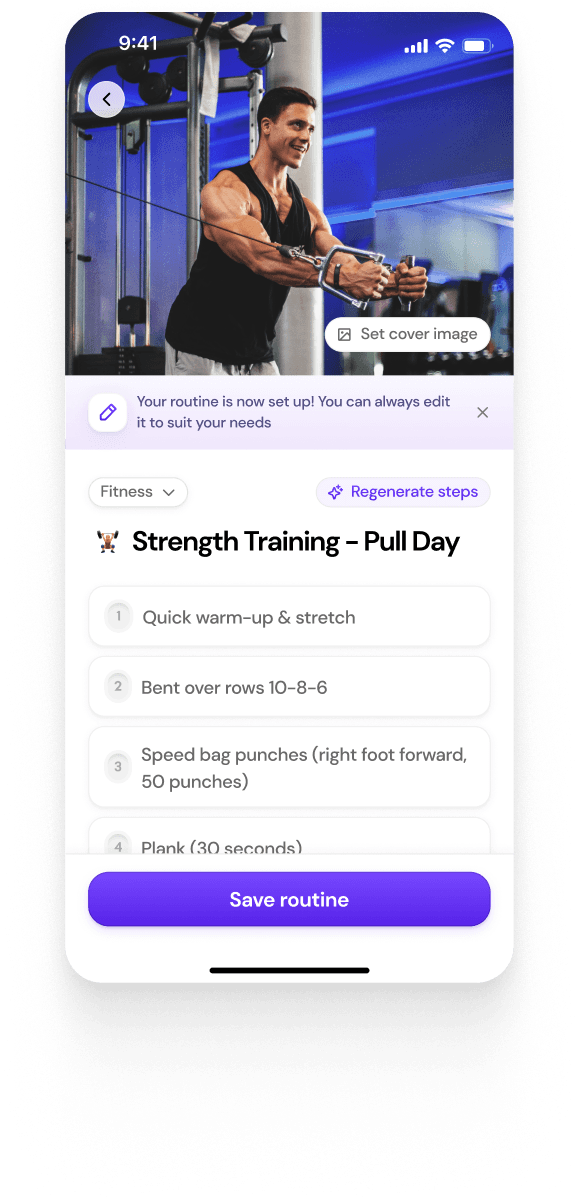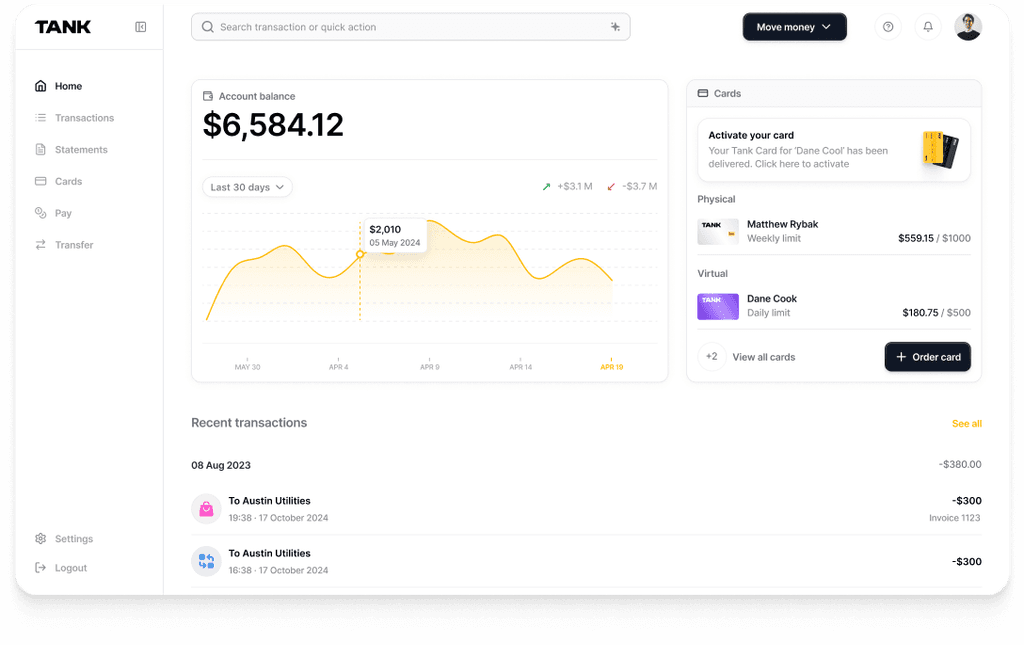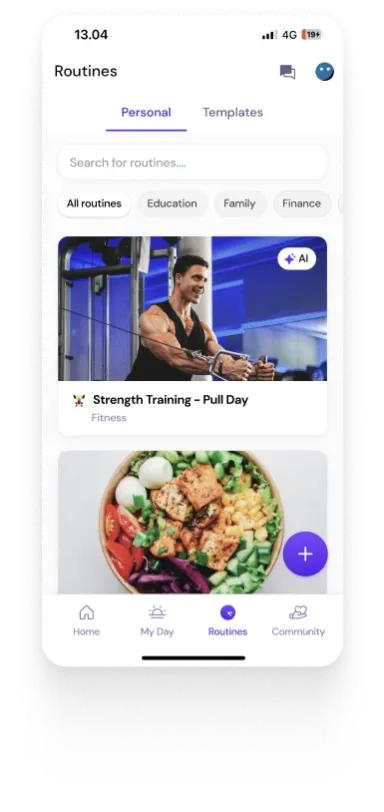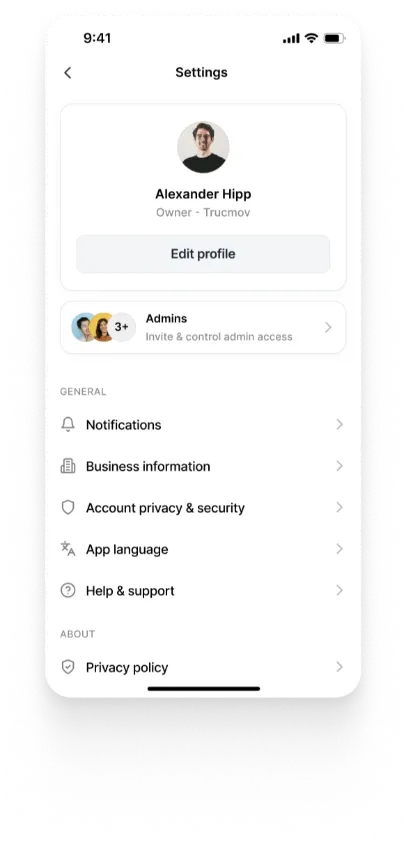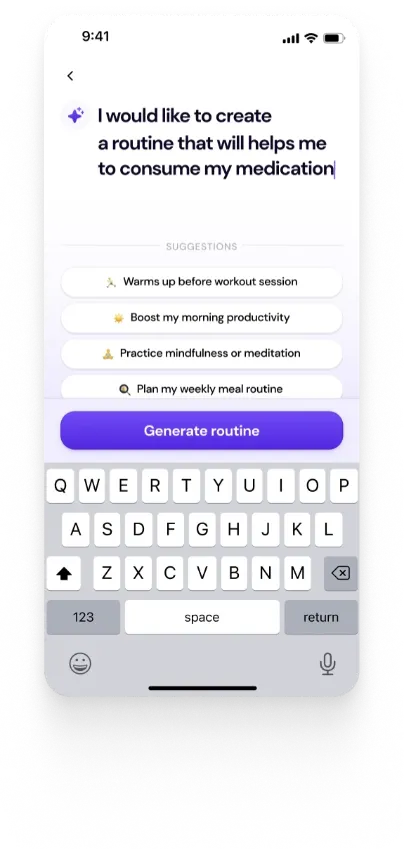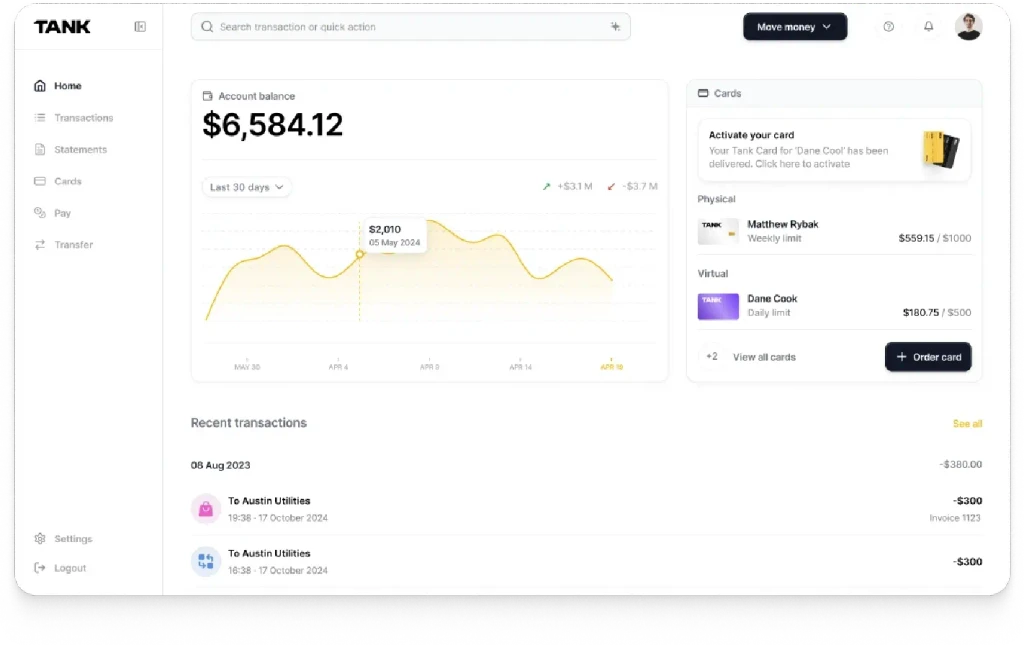Securing Your React Apps: Best Practices
Summary
Securing web applications is essential to protect sensitive user data and prevent unauthorized access. This article covers best practices for authentication and authorization in React apps, including using token-based authentication, securely storing tokens, employing HTTPS, implementing role-based access control (RBAC), proper error handling, updating dependencies, enabling two-factor authentication (2FA), and implementing rate limiting.
Key insights:
Use Token-based Authentication: Implement token-based methods like JSON Web Tokens (JWT) and OAuth for secure user authentication.
Securely Store Tokens: Avoid storing tokens in cookies or local storage; use HTTP-only cookies or browser's credential management API.
Use HTTPS: Encrypt data transmission between client and server to prevent eavesdropping and man-in-the-middle attacks.
Implement Role-Based Access Control (RBAC): Manage user permissions based on roles and enforce server-side authorization checks.
Proper Error Handling: Provide meaningful error messages without exposing sensitive information, and ensure clear user feedback.
Regularly Update Dependencies: Keep authentication and authorization libraries up-to-date with security patches to prevent vulnerabilities.
Enable Two-Factor Authentication (2FA): Add an extra security layer by requiring two different types of identification for account access.
Implement Rate Limiting: Prevent brute force attacks by restricting the number of authentication attempts in a given time period.
Introduction
In today's digital world, securing web applications is crucial to protect sensitive user data and prevent unauthorized access. React, a popular JavaScript library for building user interfaces, is widely used for developing web applications, and it's essential to follow best practices for authentication and authorization to ensure the security of React apps.
In this blog post, we will explore in detail the best practices for securing React apps through proper authentication and authorization techniques.
Authentication
Authentication is the process of verifying the identity of users and ensuring that they are who they claim to be. It is the first line of defense in securing React apps. Here are some best practices for implementing authentication in React apps:
1. Use Token-based Authentication: Token-based authentication is a widely used method for securing React apps. When a user logs in, a token is generated and sent to the client, which is then included in the headers of subsequent requests for authentication. This token is verified on the server to authenticate the user. Examples of token-based authentication methods include JSON Web Tokens (JWT) and OAuth.

2. Securely Store Tokens: Tokens should be securely stored on the client-side to prevent unauthorized access. Avoid storing tokens in cookies or local storage, as they can be vulnerable to cross-site scripting (XSS) attacks. Instead, use secure mechanisms such as HTTP-only cookies or browser's built-in credential management API.

3. Use HTTPS: Always use HTTPS to encrypt data transmitted between the client and the server. HTTPS prevents eavesdropping and man-in-the-middle attacks, ensuring the confidentiality and integrity of the authentication process.
Authorization
Authorization is the process of granting or denying access to specific resources or actions based on the authenticated user's permissions.
It is essential to properly implement authorization in React apps to restrict access to unauthorized users. Here are some best practices for implementing authorization in React apps:
1. Implement Role-Based Access Control (RBAC): RBAC is a widely used approach to managing user permissions based on their roles. Define roles and permissions for different user types in your React app and restrict access to resources or actions based on these roles. Implement server-side authorization checks to prevent unauthorized access to protected routes or actions.
2. Implement Proper Error Handling: Proper error handling is crucial in authentication and authorization processes. Return meaningful error messages to users without exposing sensitive information that could be exploited by attackers. Avoid generic error messages that do not provide enough information about the issue. Implement error handling mechanisms that provide clear feedback to users while also ensuring that sensitive information is not leaked.
3. Regularly Update and Patch Dependencies: Keep all dependencies, including authentication and authorization libraries, up-to-date with the latest security patches. Security vulnerabilities may be discovered in these libraries over time, and updating them regularly can help prevent potential security breaches.
4. Use HTTPS: Use HTTPS to encrypt data transmitted between the client and the server. HTTPS ensures that data exchanged between the client and the server is encrypted, preventing eavesdropping and unauthorized interception of sensitive information, such as authentication tokens.
5. Enable Two-Factor Authentication (2FA): Implement two-factor authentication (2FA) to add an extra layer of security to user accounts. 2FA requires users to provide two different types of identification, such as a password and a temporary code sent to their phone, to access their account. This helps protect against unauthorized access even if the user's password is compromised.
6. Implement Rate Limiting: Implement rate limiting on server-side APIs to prevent brute force attacks, where attackers try multiple authentication attempts in a short period of time. Rate limiting restricts the number of requests that can be made in a given time period, preventing automated attacks from overwhelming the server.
Securing React apps with proper authentication and authorization practices is crucial to protect user data and prevent unauthorized access. By implementing token-based authentication, securely storing tokens, and following all the best practices mentioned above, you can greatly enhance the security of your React apps.
Always stay vigilant and keep up-to-date with the latest security best practices to safeguard your React apps against potential security threats. With the right security measures in place, you can create secure and trustworthy React apps for your users.













